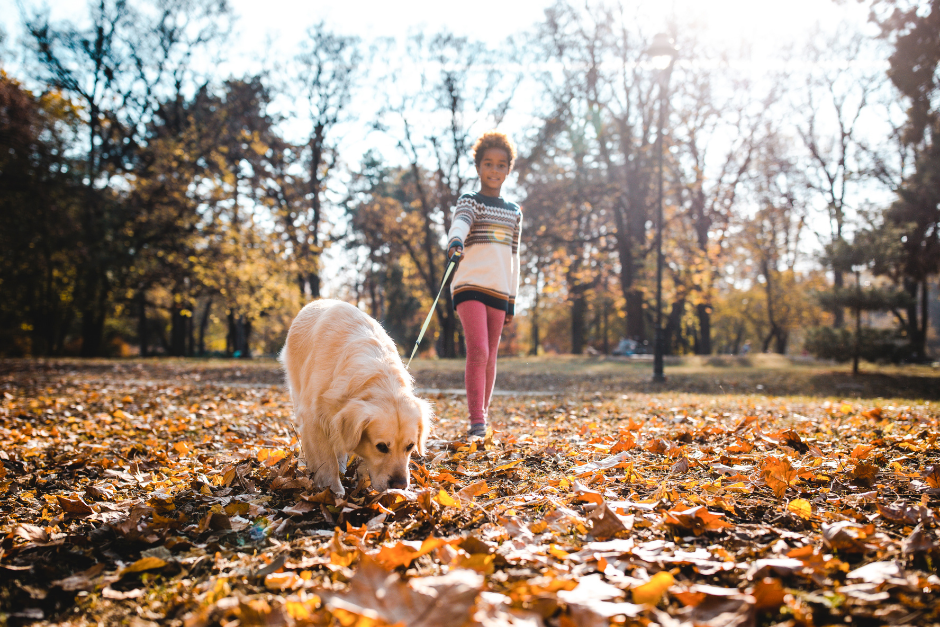It’s fairly common for my adolescent and teen clients to tell me that spending time with their dog, cat or guinea pig is one of the activities that can help them feel better and more able to cope when they are upset, angry, depressed or anxious.
That’s no surprise. As anyone who lives with animals knows, pets provide a sense of calm, comfort and unconditional love. Research shows that the impact of a relationship with a pet is both psychological and physiological. Just petting a dog lowers the stress hormone cortisol in our system and increases the level of oxytocin, a feel-good hormone that helps bond mothers to babies. Numerous studies link pet ownership to improved wellbeing and mental health. One example is a recent survey that found that 84 percent of post-traumatic stress disorder patients paired with a service dog reported a significant reduction in symptoms, and 40 percent were able to decrease their medications.
During the turbulent adolescent and teen years, having an animal companion can be incredibly healing. A pet can ease loneliness and isolation, provide much-needed physical touch and affection, and be a non-judgmental sounding board for a young person who may not want to confide in their parents or friends.
Over the last year of the pandemic, I have frequently encouraged my clients to have their pet present during our virtual therapy sessions. I’ve noticed that a pet on the lap or close-by tends to make it easier for a young person to let down their guard, relax and open up. Pets can also be great partners in therapeutic interventions. My colleague, Dr. Christian Thurstone, recently developed a manual for Acceptance and Commitment Therapy practitioners, like myself, about animal assisted therapy. He includes a number of mindfulness exercises involving dogs, such as asking a patient to focus on the rate of their dog’s heartbeat or having them concentrate on trying to match their breathing to their dog’s.
Caring and Responsibility
Certainly, the mental health benefits of the human/animal connection are significant, but I firmly believe the side effects that come from caring for and protecting an animal are equally as powerful. When a young person is responsible for something outside themselves, it can be transformative.
For an adolescent or teen coping with mental health or substance use challenges, shifting their focus to being present for their pet can help them become more psychologically flexible so that they are able to move on from negative thought or behavior patterns.
Furthermore, it inspires empathy and fosters connection. A research project at Tufts University, is finding that youth who care for an animal have stronger social relationships and feel more connected to others and their communities. Simply by taking a dog for a walk, a young person is forced to get outside, exercise and typically interact with other people – all of which are good for their wellbeing.
Caring for a pet also gives a young person a sense of purpose and importance. Their pet depends on them. Making sure that the dog, cat, lizard or goldfish is fed and kept in good health, teaches a young person accountability, autonomy and independence. Doing their job well, is an accomplishment and builds self-confidence.
For these reasons, my best advice for parents who have animals in the home is to hand over pet duties to their adolescent or teen, especially when they are having a hard time. Giving your child this responsibility to nurture and care for another, who rewards them with unconditional love and affection, can be extremely empowering and help them understand that they are capable of flipping the script and making positive change in their life.

